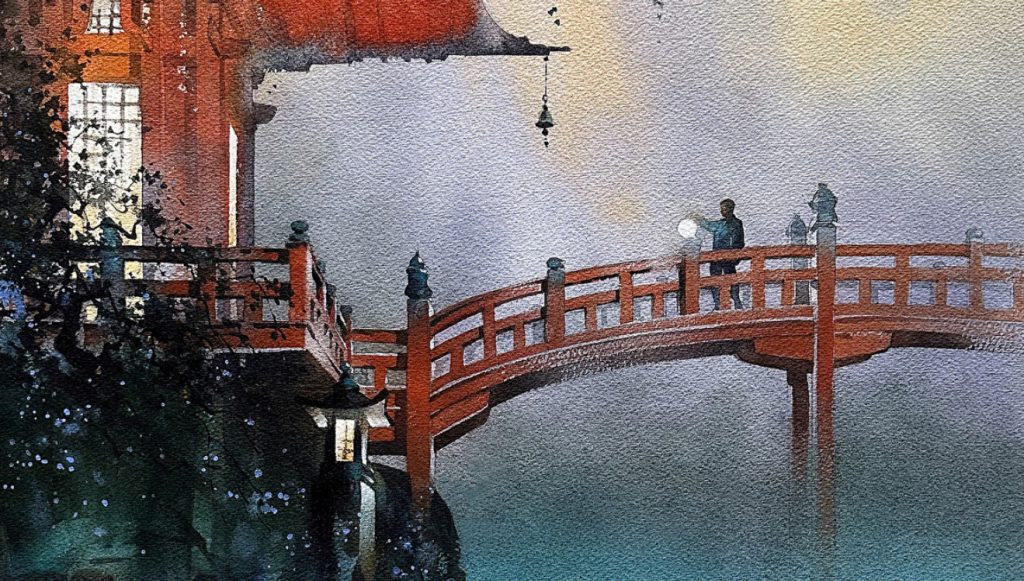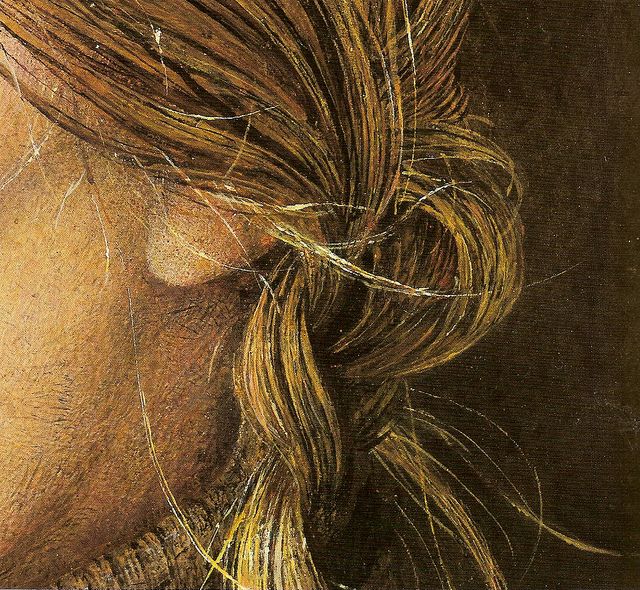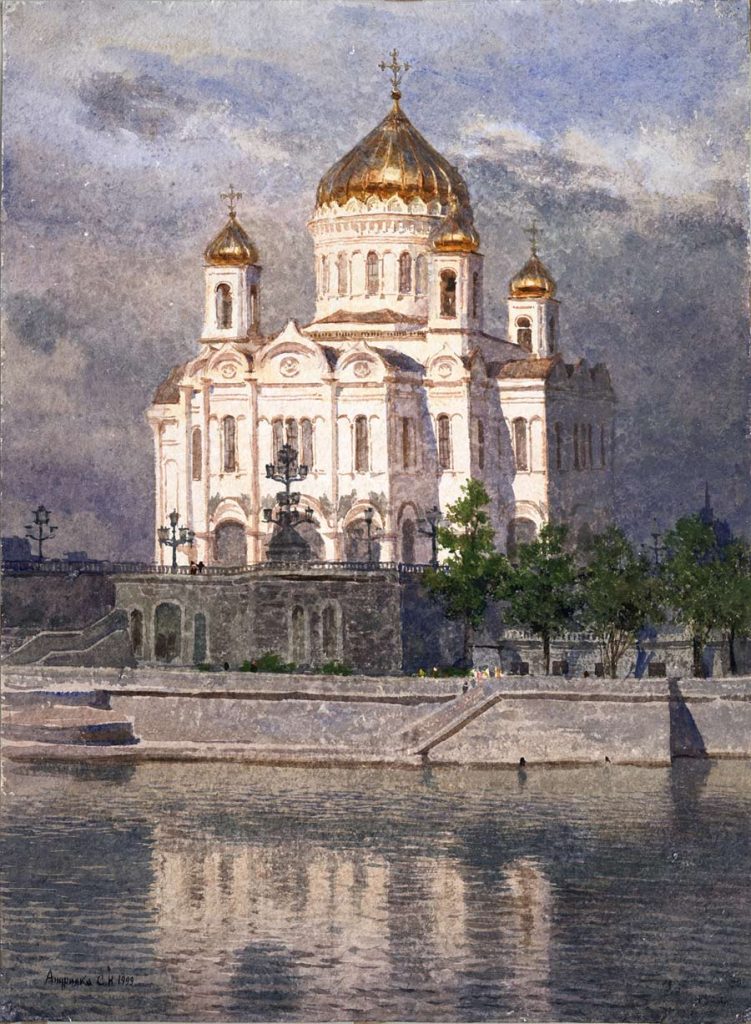The “dry on dry” (dry brush) technique in watercolor is an effective method for creating textures and details in a painting. This technique involves using an almost dry brush with minimal paint to draw lines on the paper, producing broken or scratchy strokes that add depth and interest to the work.
It was developed mainly during the 19th century, used by artists such as John Ruskin to create detailed textures and realistic renderings. Today, it is widely popular for its ability to add depth and detail to landscapes and portraits, making it ideal for realistic and impressionistic works, while offering great flexibility and control.
Famous contemporary watercolorists, such as the following, use the technique in almost all their works, creating a distinctive “school.”
The “dry on dry” technique is ideal for creating:
* Reflections in water
* Texture on tree bark
* Texture in landscapes, such as rocks or sand
* Details in vegetation and plants
* Lines in clothing and hair in portraits
Brushes play a particularly important role in this technique.
Brushes:
* Hard-bristle brushes: Such as hake brushes or brushes for acrylics and oils, are ideal for the dry brush technique.
* Flat brushes: Perfect for broad strokes and broken lines.
* Fan brushes: Suitable for organic textures and details in vegetation.
For more information and basic instructions on the dry brush technique, you can visit HERE & HERE.

Thomas W. Schaller
Andrew Wyeth
Andrew Wyeth — who passed away in 2009 — was known for his realistic works that often depict nature and rural life. He extensively used the “dry on dry” technique to create details and textures, particularly in the depiction of skin and clothing, giving his works a unique sense of realism. Discover more HERE.


Sergei Nikolaevich Andriyaka
Sergei Nikolaevich Andriyaka is known for the watercolor school he founded and for his detailed works that often depict scenes from Russian life. The “dry on dry” technique is central to his works, allowing him to create rich and realistic textures.






